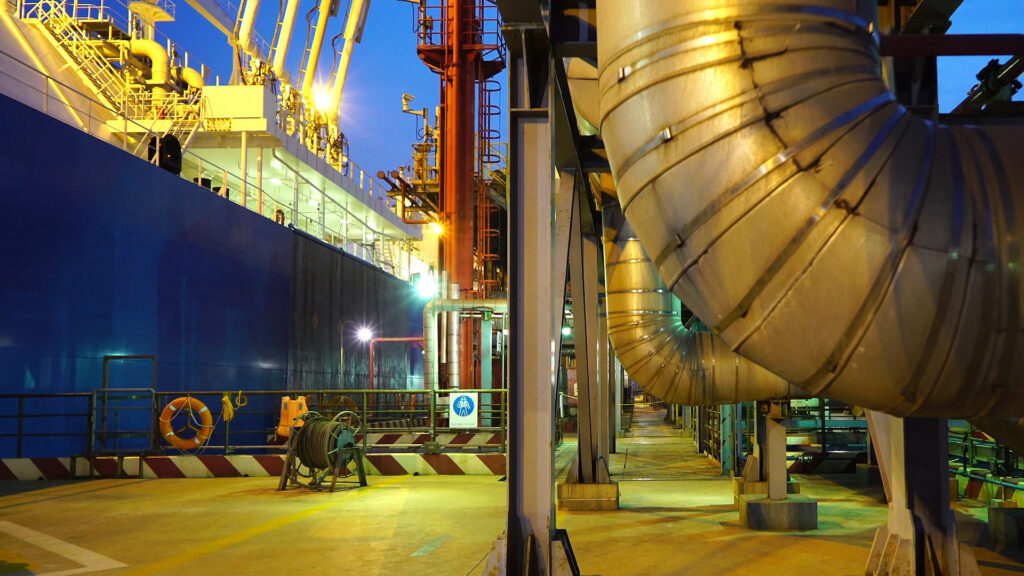KNOWLEDGE & INSIGHTS
Expert perspectives on the latest developments across our sectors and services.

Briefing
Kuwait Rolls Out New Anti-Narcotics Law Unifying the Comprehensive Legal Framework on Drug Control
On 15 December 2025, Decree-Law No. 159/2025 on combating narcotic drugs and dangerous psychotropic substances and regulating the use and trade…
Read more

Briefing
Turning Off the Tap – The Impact of EU Policy on LNG Traders
In this article, we clarify developments in EU policy on importing Russian gas into Europe and assess the likely impact on LNG traders…
Read more

Bulletin
Australian Mining Law Bulletin – December 2025
The latest updates on Australian mining law, including decisions on compensation, security of title and exploration application requirements in WA.
Read more

Briefing
Compensation Clarity: Warden’s Court Makes First Comp Call
The WA Warden's Court has determined the first contested compensation application pursuant to the Mining Act 1978 (WA).
Read more

Briefing
Marvel Unlocked: Exemption Recommended After Access Dispute
WA Mining Warden considers when an access dispute between a miner and private landowner will warrant an exemption from expenditure obligations.
Read more

Briefing
Sweet Relief: Supreme Court Overrules Five-Year Requirement For Exploration Licence Applications
WA Supreme Court overturns Warden's Court authorities on requirements for s 58(1)(b) statements accompanying exploration licence applications.
Read more

Briefing
Thanks But No Thanks: Supreme Court Refuses to Protect Invalidly Granted Tenements
The effects of Forrest & Forrest continue to be felt by tenement holders as the WA Supreme Court refuses to protect invalidly granted mining leases.
Read more

Briefing
King of the Castle: Landowners Block Victorian Miner’s Exploration Play
Victorian Supreme Court considers the meaning of 'low impact exploration' and when works plans and landowner compensation and consent are required.
Read more

Bulletin
Comprehensively Yachts, December 2025 Bulletin
Welcome to the Comprehensively Yachts semi-annual bulletin, featuring an array of insights and discussions on key topics within the yachting…
Read more
-1024x576.jpg)
Briefing
The Latest From M/Y Phi
The case of Phi, detained by the UK since 28 March 2022, will be well known to many readers. In the most recent development, the UK Supreme Court…
Read more

Briefing
Hong Kong Aims to Boost Yachting
Hong Kong is aiming to become Asia's premier yacht hub. In the Chief Executive's 2025 Policy Address, the government of Hong Kong Special…
Read more
-1024x576.jpg)
Briefing
Builder’s Risk Insurance: There When You Need It Most?
Ensuring appropriate builder's risk insurance is in place when undertaking a new build or a substantial refit, repair or conversion is a crucial…
Read more




